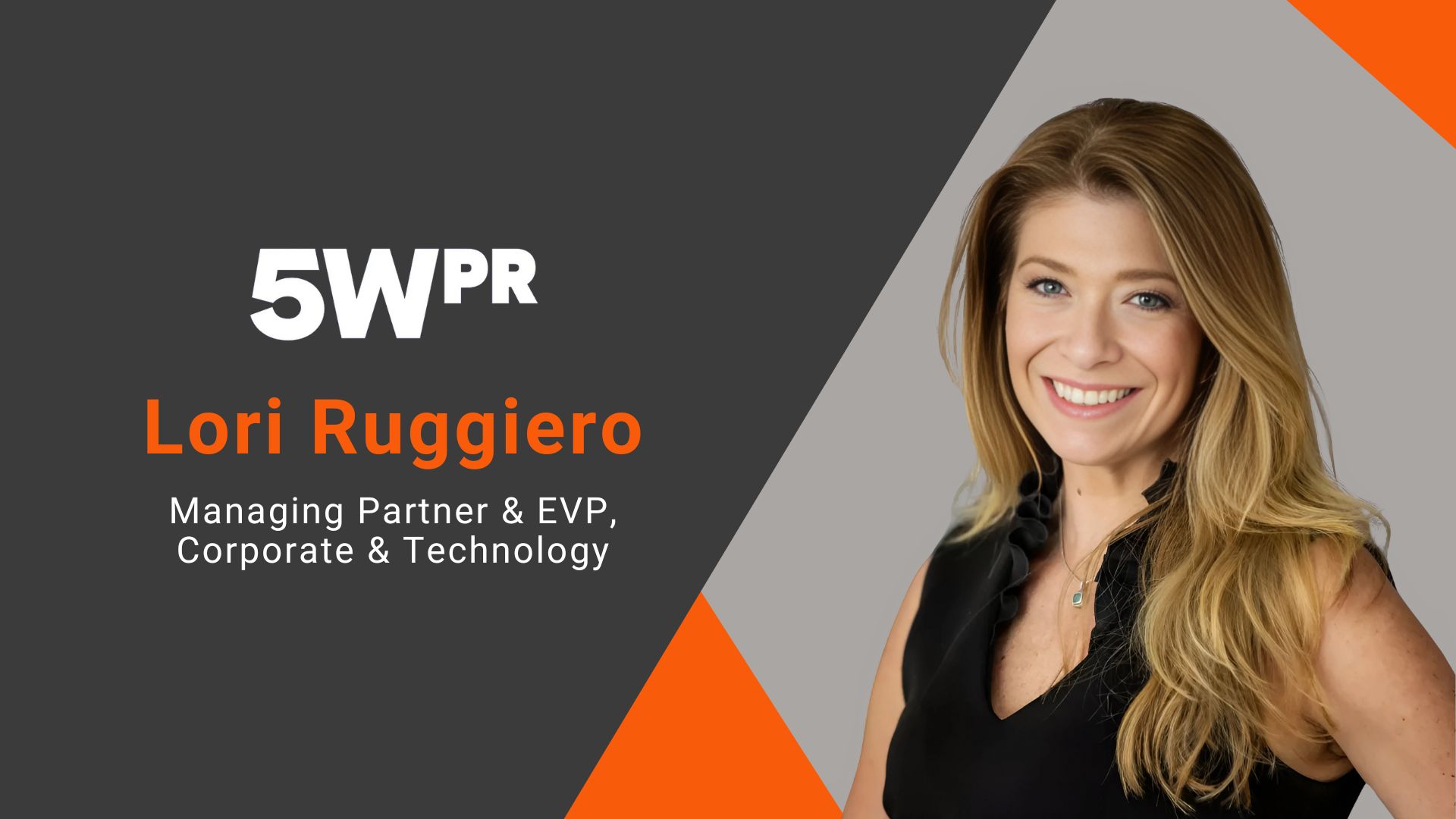

advertisingmarketing
5WPR's Award Winning Cybersecurity PR Campaign for Huntress
1. What role does media positioning play in your agency's broader client strategy to be recognized as a trusted authority in your industry, particularly in times of crisis?
Media positioning isn't just a tactic we use. It’s a foundational part of how we help brands lead conversations and build credibility that lasts. Especially in cybersecurity, where the landscape shifts quickly and trust is earned in moments of clarity, consistent visibility matters.
That’s how we approached our work with Huntress. From day one, our focus was to establish their team as a credible voice in the market. We weren’t just pitching headlines. We were developing a presence that could anchor the brand before, during, and after critical moments. So when the ConnectWise vulnerability broke, we didn’t scramble to insert them into the story. Reporters were already turning to Huntress because they knew the name, trusted the insights, and had seen them contribute meaningful perspective before. That moment of readiness wasn’t about luck. It was the result of months of deliberate, disciplined positioning and relationship building.
2. What criteria do you consider when supporting clients during critical communications moments?
We prioritize three things: alignment, credibility, and speed. In high-pressure moments, the most effective communications are the ones that are both timely and grounded in substance. We make sure internal teams are unified on the facts, messaging is clear, and the cadence of response reflects the urgency of the moment.
That approach came into sharp focus with Huntress. What started as a routine blog post quickly escalated into a major industry moment. We were on with their CEO late into the evening, aligning on key messages and adjusting our outreach plan. The next morning, we moved with purpose, tailoring updates for the right reporters, in the right verticals, at the right time. It wasn’t just about being fast. It was about being relevant and reliable. That mindset helped turn a reactive news moment into a broader leadership narrative for the brand.
3. How do you measure the effectiveness of earned media coverage in influencing stakeholder trust and brand perception, especially in cybersecurity?
We measure success by looking at both reach and resonance. That means going beyond impressions and placements. We ask whether the right voices are being amplified, whether the story is shaping perception, and whether key audiences are engaging with the brand differently because of it.
With Huntress, the ConnectWise news cycle gave us a clear signal. They were mentioned in over 90 percent of related coverage, but more importantly, the tone and framing of that coverage elevated them beyond the traditional outlets where coverage was featured. Reporters didn’t just include Huntress. They looked to the company for context and leadership. The sustained interest that followed, including inbound media requests weeks later, showed us that trust was taking root. That’s when earned media becomes more than visibility. It becomes measurable influence.
4. How important is it for your agency to translate technical information into accessible narratives for brands, and what internal processes or partnerships help facilitate that clarity?
It's critical. If a story isn't understood, it can’t drive action. Our job is to translate complexity into clarity without losing the substance. We work closely with product teams, engineers, and subject matter experts to get to the core of what matters, then shape that into messaging that resonates across audiences.
In the case of Huntress, this meant developing a shared rhythm with their research team. We weren’t just relaying technical updates. We were in working sessions, asking questions that a business audience might ask, identifying the real-world implications, and mapping out angles that felt both urgent and accessible. That’s what allowed us to take a deeply technical event and expand it into stories across healthcare, education, and mid-market IT. Clarity became a differentiator, and it’s one we take seriously across all of our client work.
5. How does recognition from third-party awards influence your perception of PR’s role (and the agency's role) in building and protecting brand equity for clients?
Third-party recognition reinforces what we already believe: strategic communications is a growth driver. It’s not just about accolades. It’s about validation of outcomes that matter — trust, momentum, and perception shifts that support the business.
The Gold Stevie for Huntress captured that perfectly. It marked a campaign that didn’t just perform well. It changed how the brand was seen in the market. We earned that award in one of the most saturated media environments out there, by providing value, building relationships, and guiding a narrative with discipline and insight. For our team, it confirmed that great PR is never reactive. It’s proactive, embedded in business strategy, and most effective when it’s executed in lockstep with our clients.
Get in touch with our MarTech Experts.




